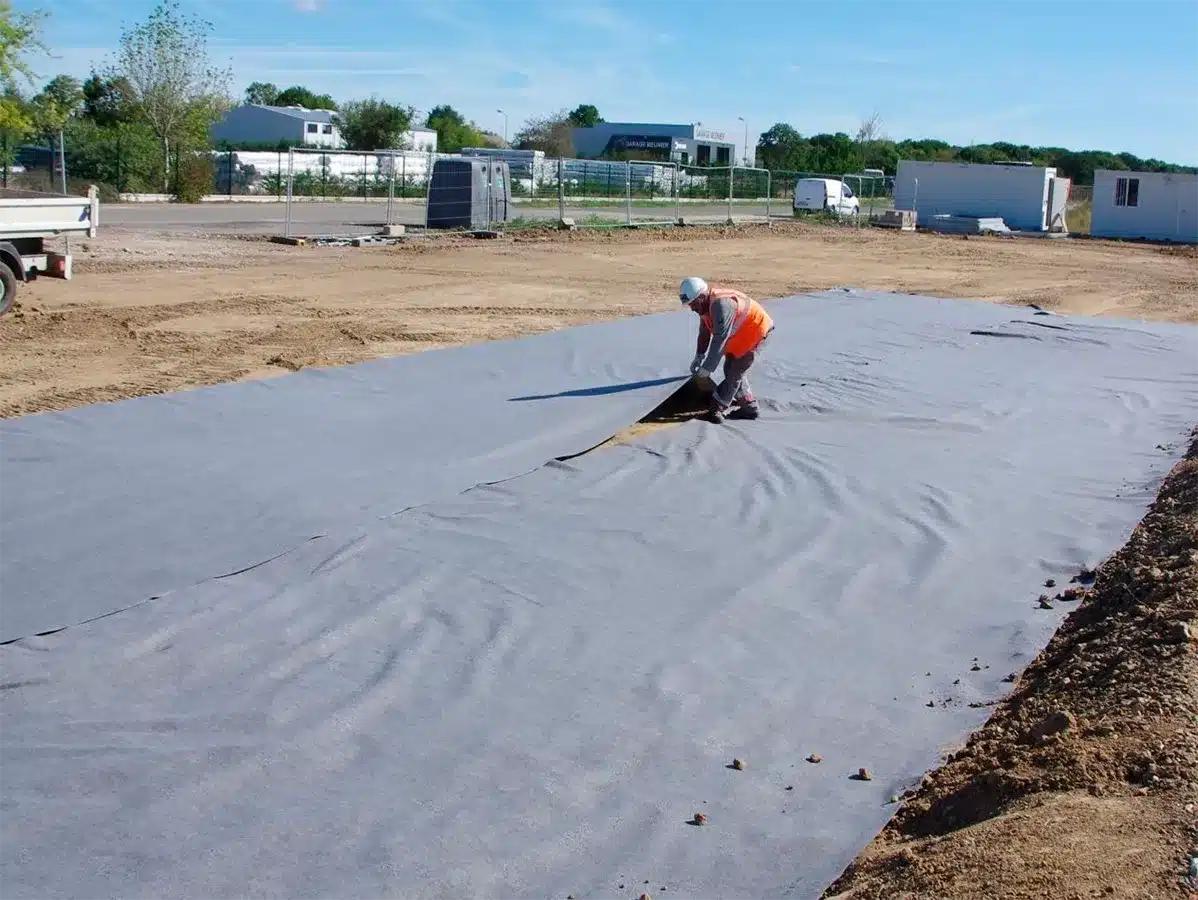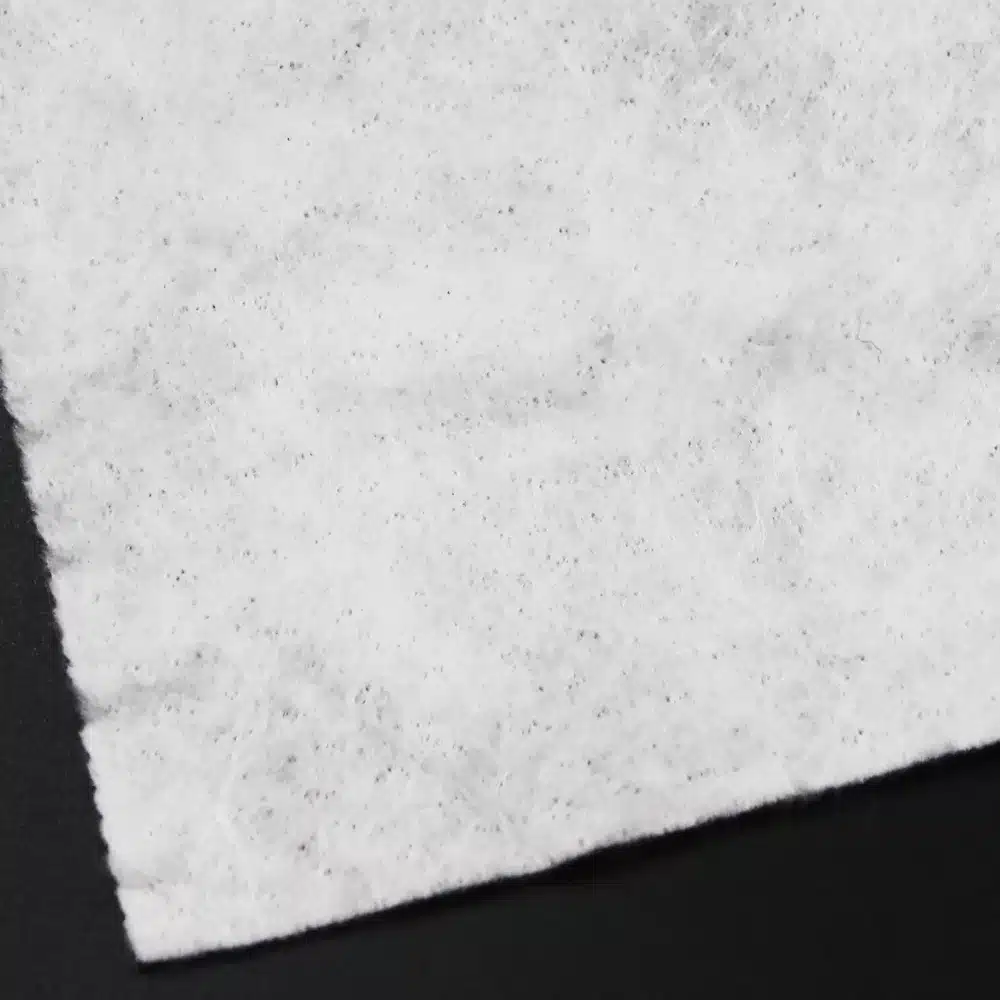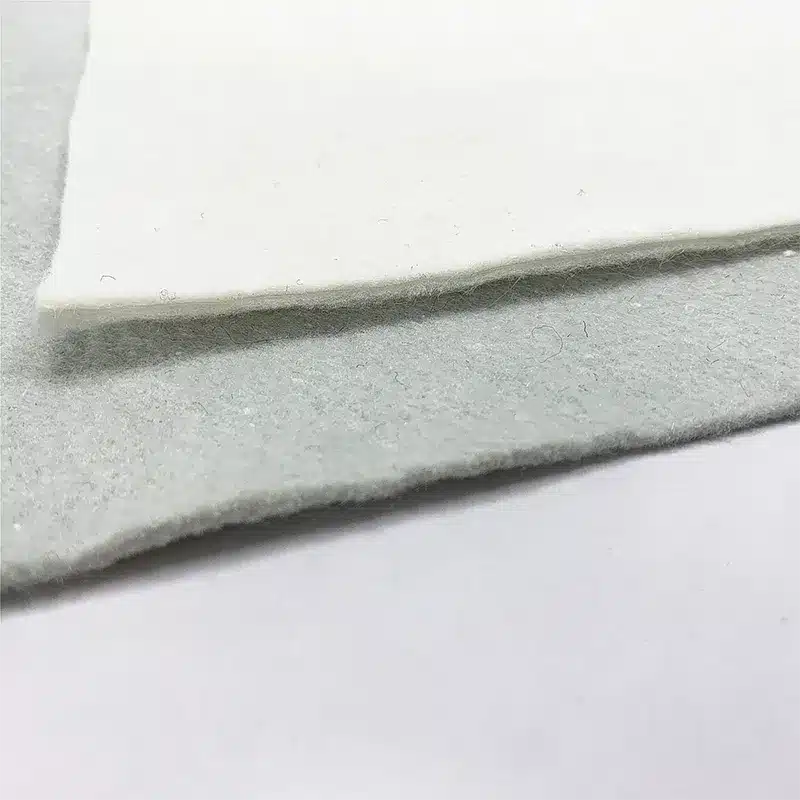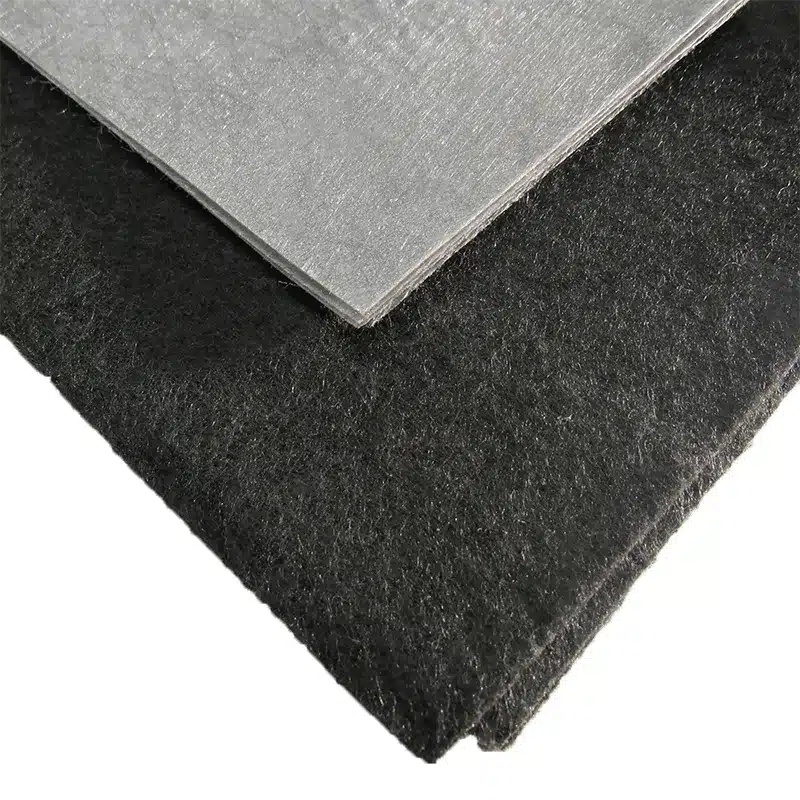+86-159 9860 6917
info@geofantex.com
geofantex@gmail.com
+86-400-8266163-44899
Geotextile fabric is a crucial component in modern erosion control methods. This synthetic material, typically made from polymers like polypropylene or polyester, is designed to stabilize soil and prevent erosion. Its use in civil engineering projects, agriculture, and landscaping has become increasingly common due to its effectiveness in maintaining the integrity of the soil, particularly in areas prone to erosion. The fabric acts as a protective layer, reinforcing the soil and promoting the growth of vegetation, which further aids in erosion control.
How are geotextiles used in erosion control?
Geotextiles are primarily used in erosion control by providing a physical barrier that prevents soil particles from being washed away by water or wind. A Geotextile serves to control sediment when it stops particles suspended in surface fluid flow while allowing the fluid to pass through. They are often laid on slopes, embankments, and around bodies of water to stabilize the soil. The fabric allows water to pass through while retaining the soil, thereby reducing the risk of erosion. In areas where vegetation is sparse or the soil is particularly loose, geotextiles help create a stable environment that supports plant growth, which in turn enhances the natural resistance of the soil to erosion.

What is geotextile fabric for erosion?
Geotextile fabric for erosion refers to a specialized type of geotextile designed to combat soil erosion. This fabric, which can help mitigate soil erosion, is usually permeable, allowing water to flow through while trapping fine soil particles. It is commonly used in various applications, including road construction, retaining walls, and shoreline protection. The fabric helps to maintain the soil’s structure, preventing the displacement of particles that could lead to erosion. It is particularly effective in areas with steep slopes or heavy rainfall, where the risk of erosion is higher.
What is geotextile for slope stability?
Geotextile for slope stability is a form of geotextile fabric used to reinforce slopes and prevent landslides or soil slippage. The use of a geotextile in order to protect the slope from erosion is crucial, as it acts as a reinforcement layer that holds the soil in place, reducing the risk of erosion and slope failure. The fabric’s permeability ensures that water can drain away without eroding the soil, maintaining the slope’s stability. This makes geotextiles an essential tool in the construction of embankments, roadways, and other projects where slope stability is a concern.
How do you apply geotextile fabric?
Applying geotextile fabric involves several key steps to ensure its effectiveness. First, the area where the fabric will be laid must be prepared by removing any debris, rocks, or vegetation that could interfere with its placement. The fabric is then unrolled and positioned over the area, ensuring it covers the entire surface. In erosion control applications, It is essential to overlap the edges of the fabric to prevent gaps where soil could escape. Finally, the fabric is secured with stakes or pins, and in some cases, it is covered with a layer of soil or gravel to protect it from UV degradation and physical damage.
Geotextile fabric plays a vital role in erosion control by stabilizing soil and preventing the loss of valuable topsoil. Its applications range from slope stabilization to shoreline protection, making it an indispensable tool in both civil engineering and environmental management. By understanding how to properly use and apply geotextile fabric, we can significantly reduce the impact of erosion on our landscapes, ensuring their longevity and sustainability.



Get Free Sample
We’ll respond as soon as possible(within 12 hours)






















